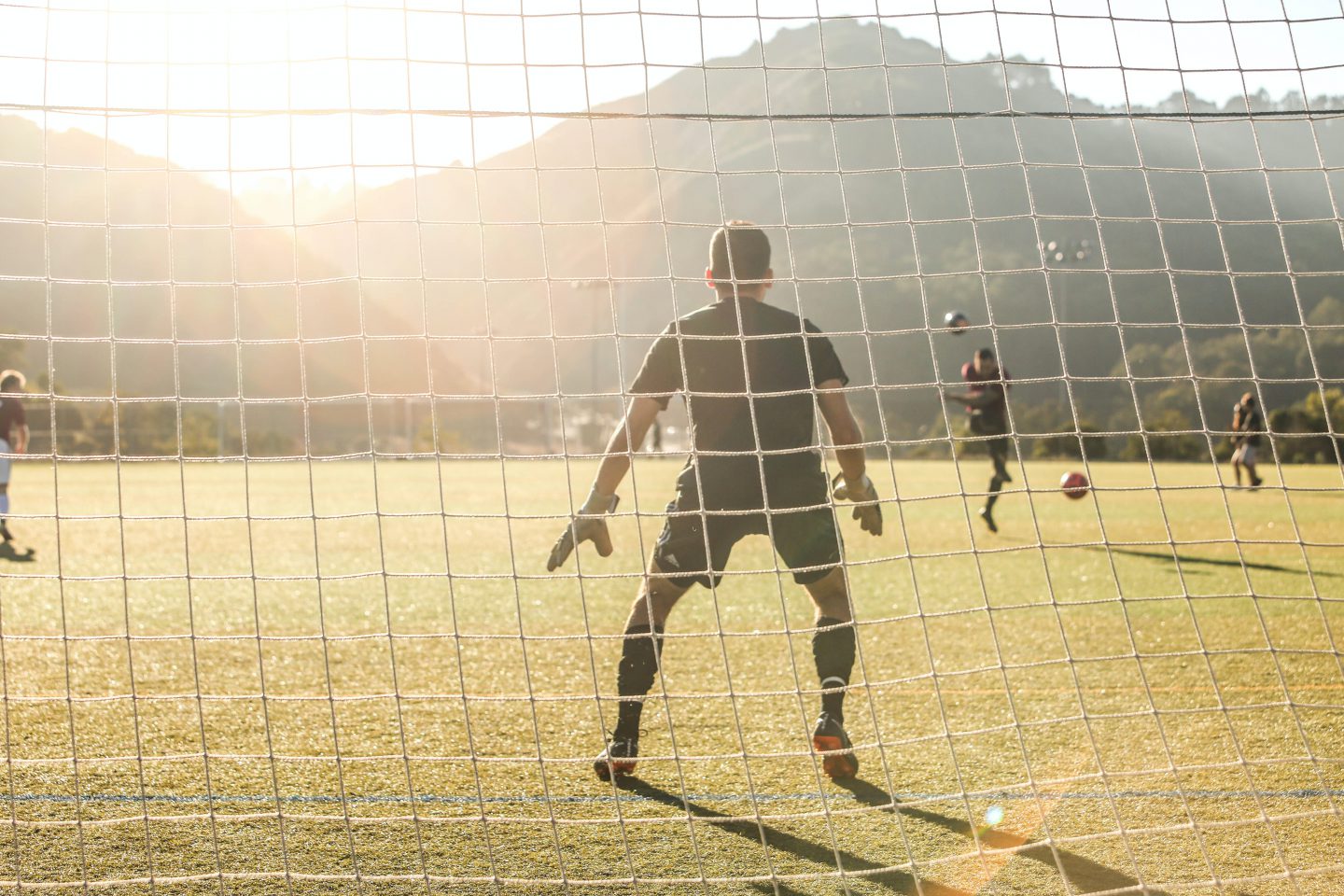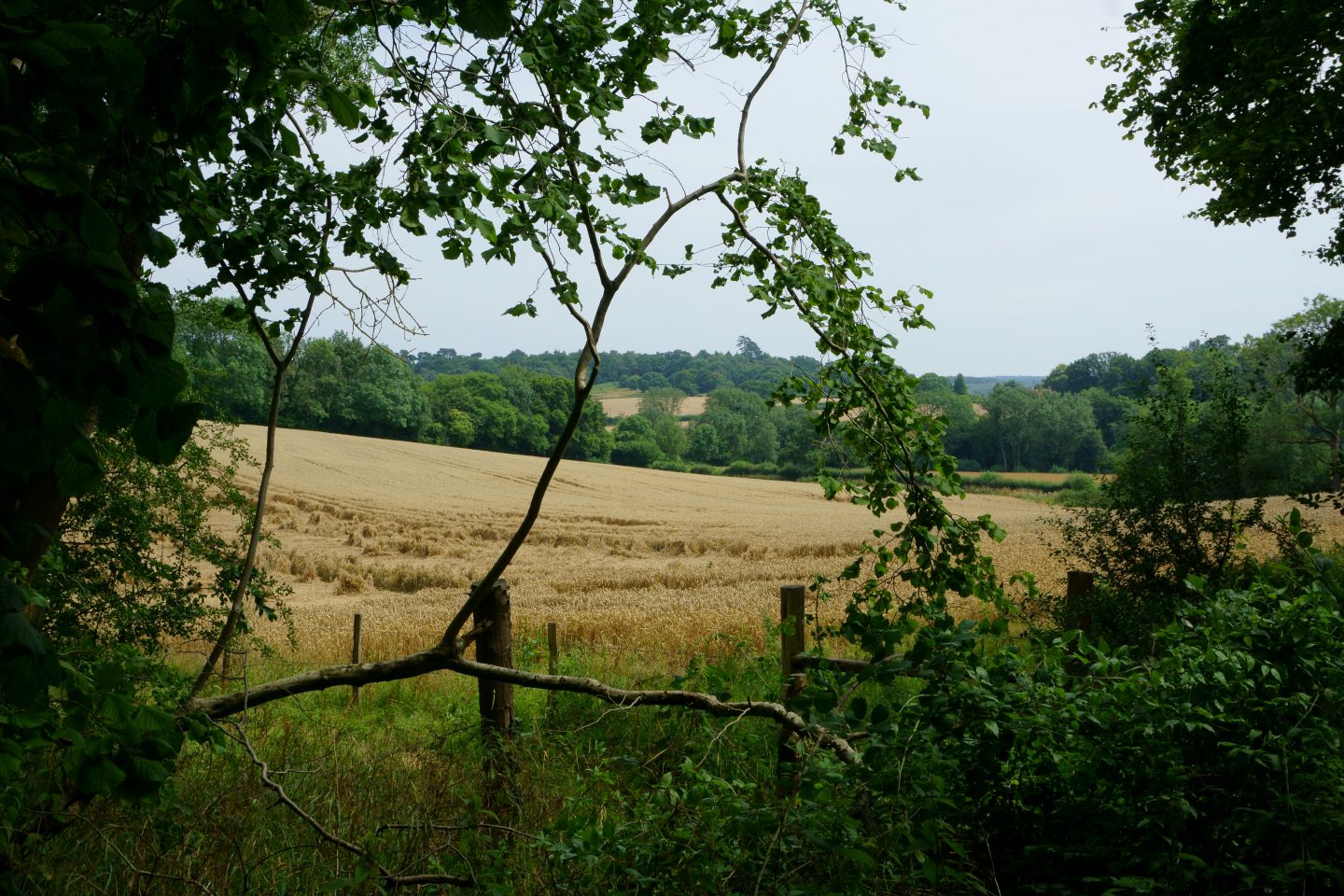Bringing mindfulness to the challenges of children can help parents to better enjoy the precious early years.
Parents can struggle to enjoy the present. Children fill parental minds with lists of things to do and challenges to overcome. Many mums and dads struggle to enjoy the moment they are in, even as they know this stage won’t last forever.
Mindful parenting brings the concept of mindfulness to our experience as parents.
When we practice mindfulness, we tune our thoughts into what we’re sensing in the present moment rather than living in the past or imagining the future. This simple-sounding approach has been shown to have many benefits. Psychological research suggesting it can relieve stress, anxiety and depression.
Read more →












